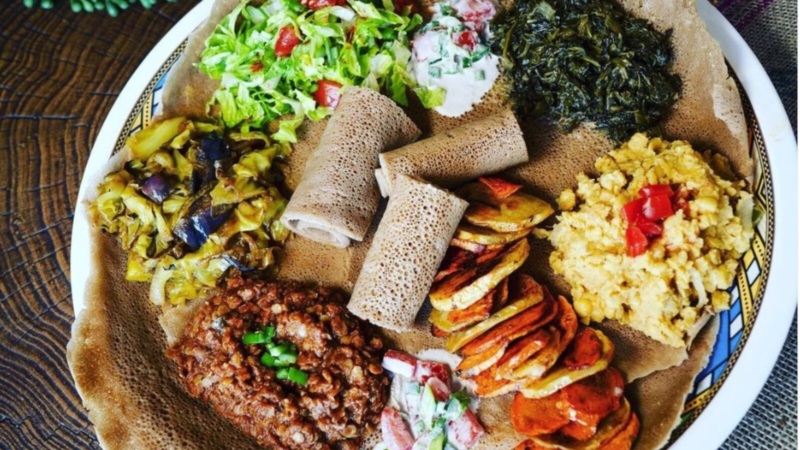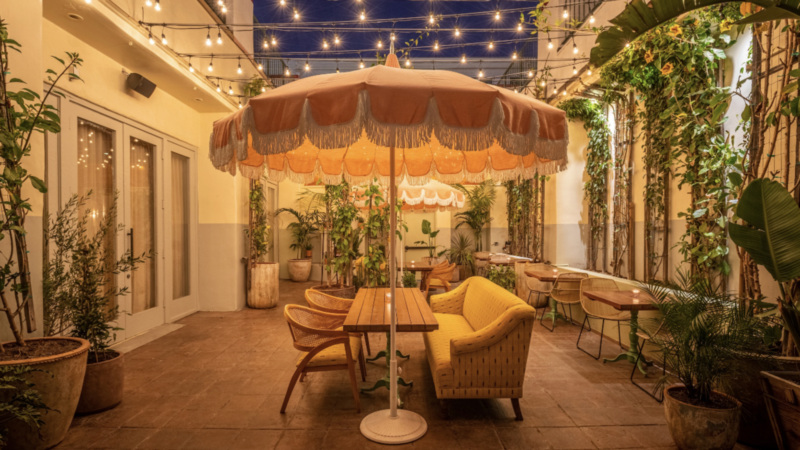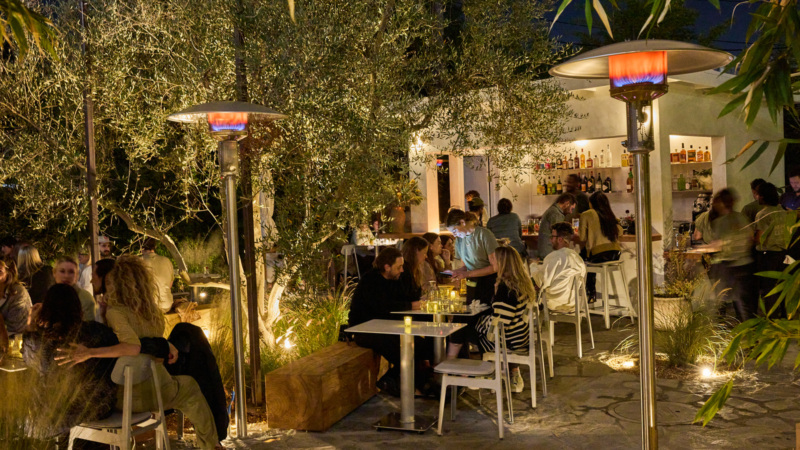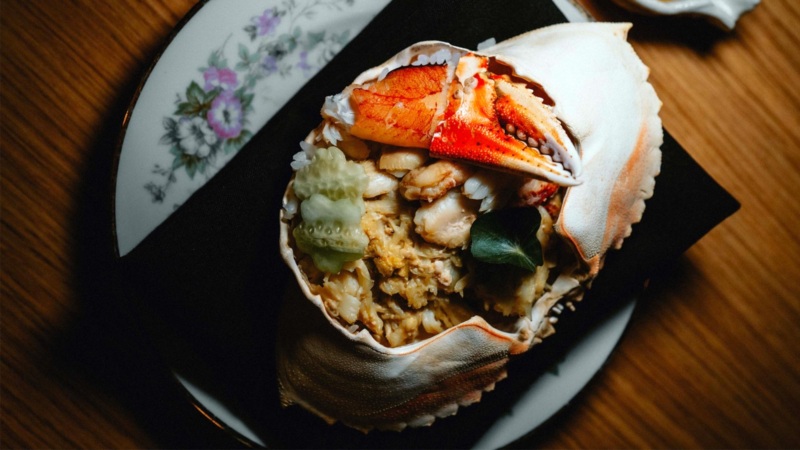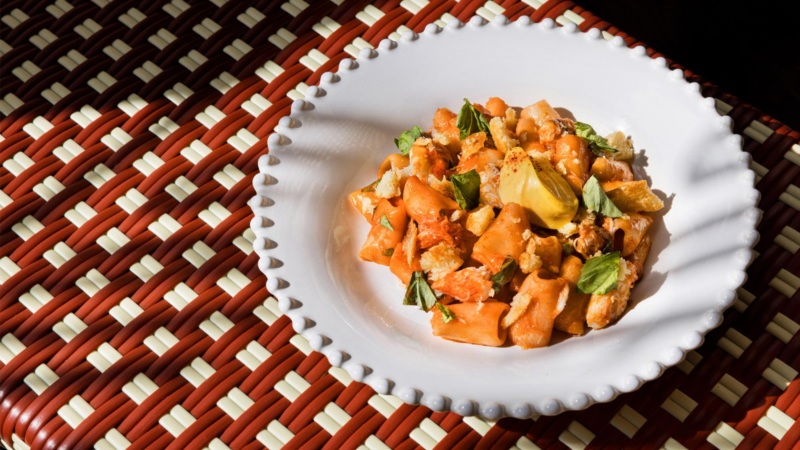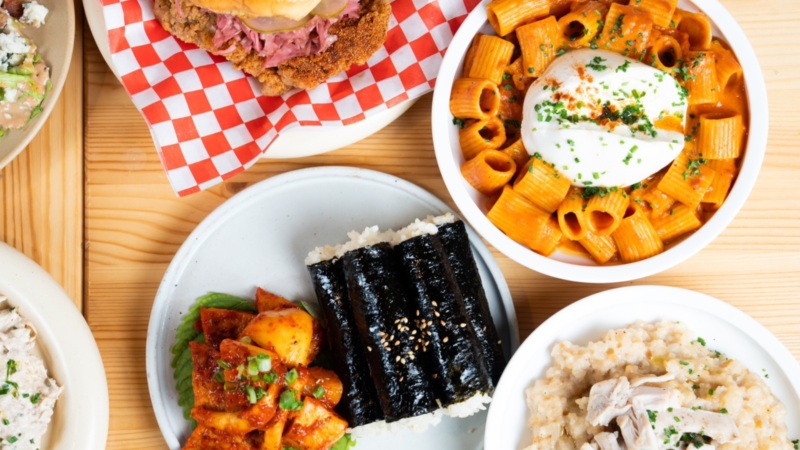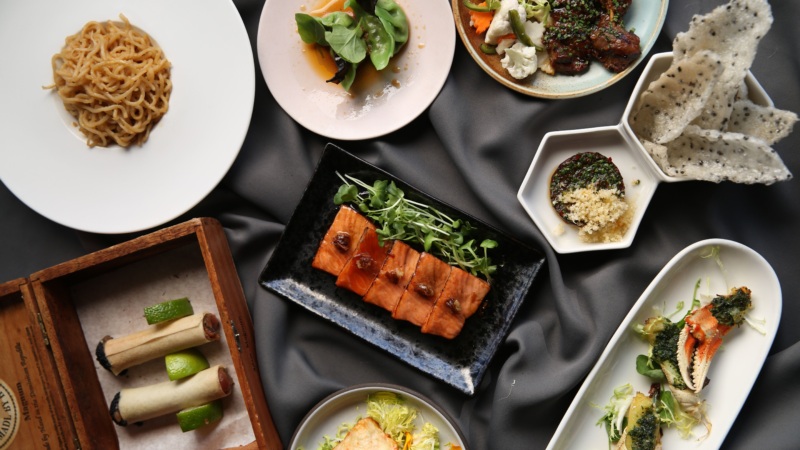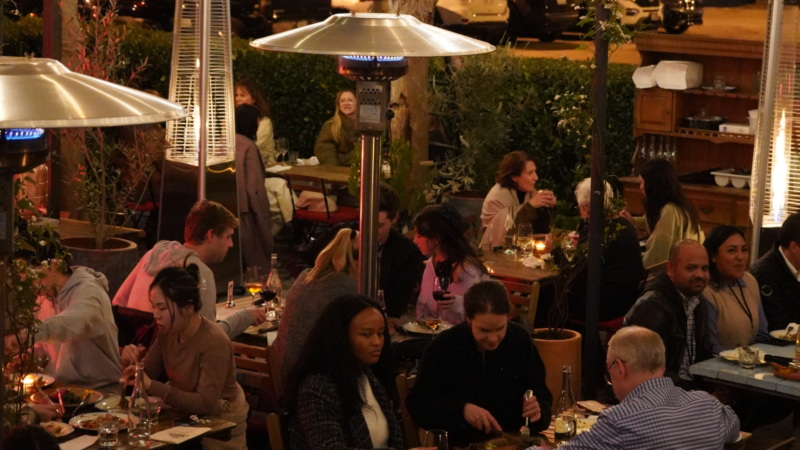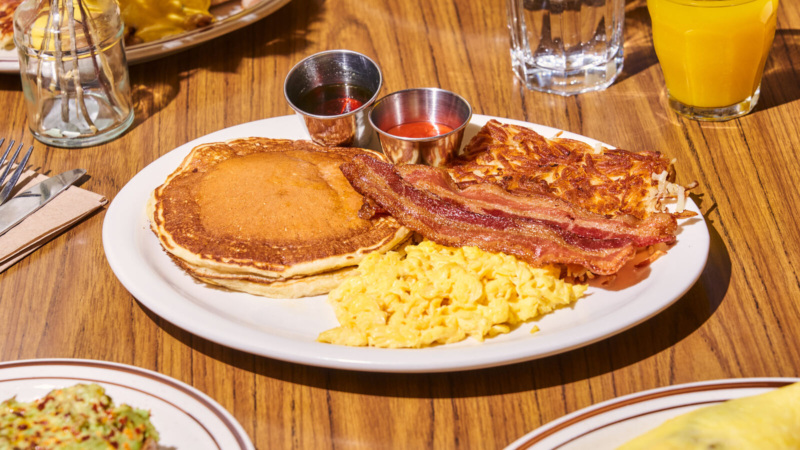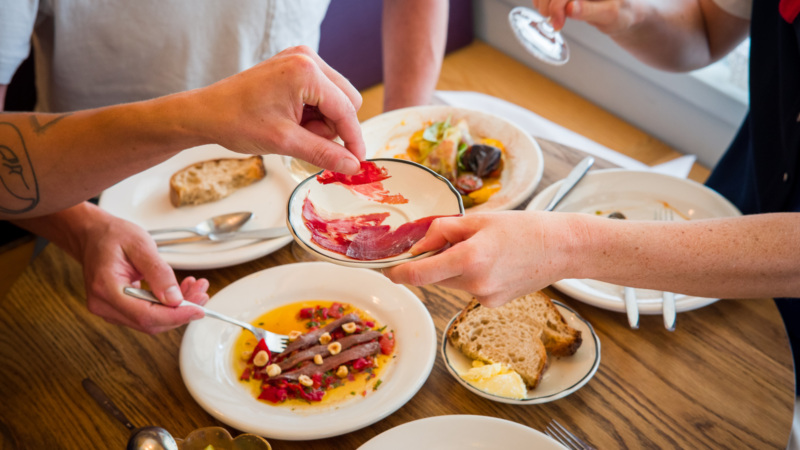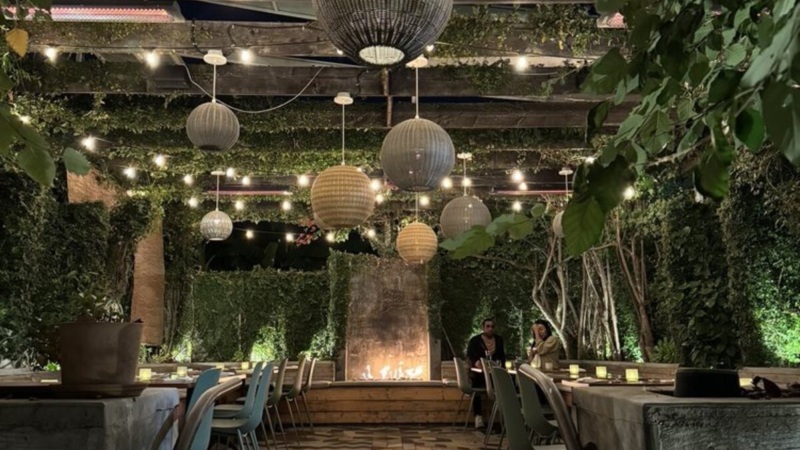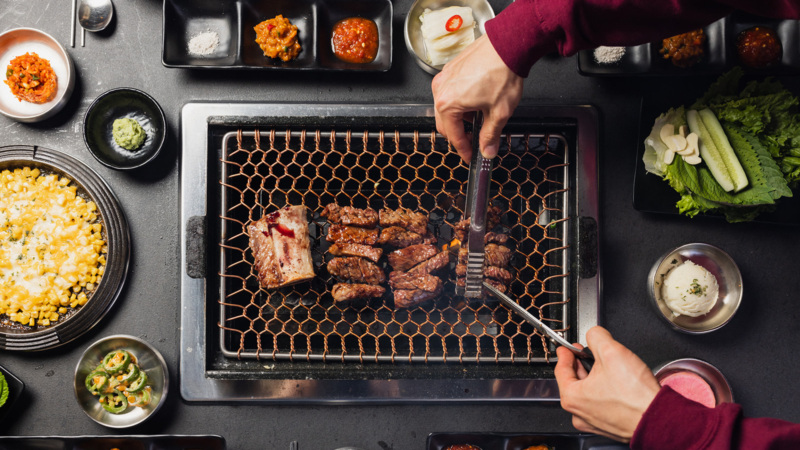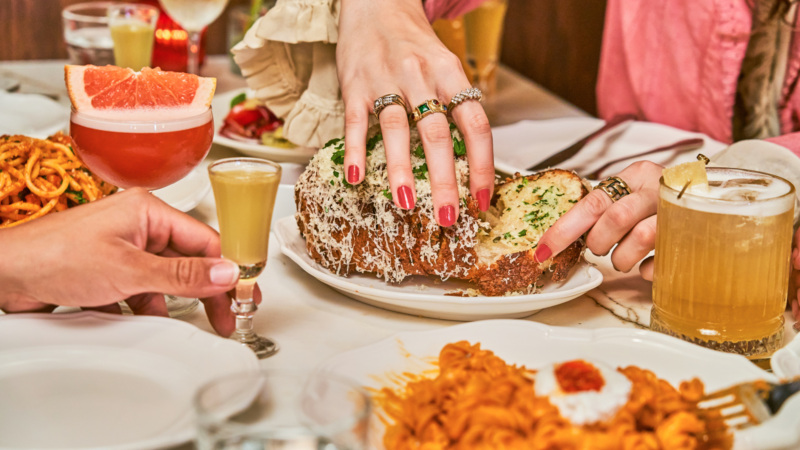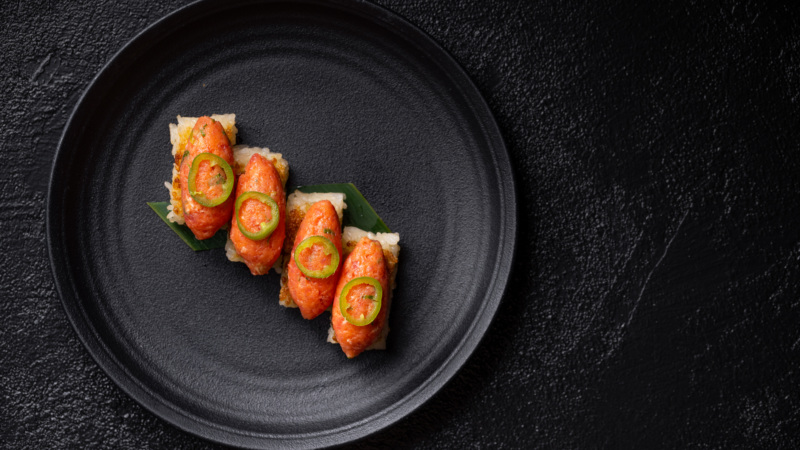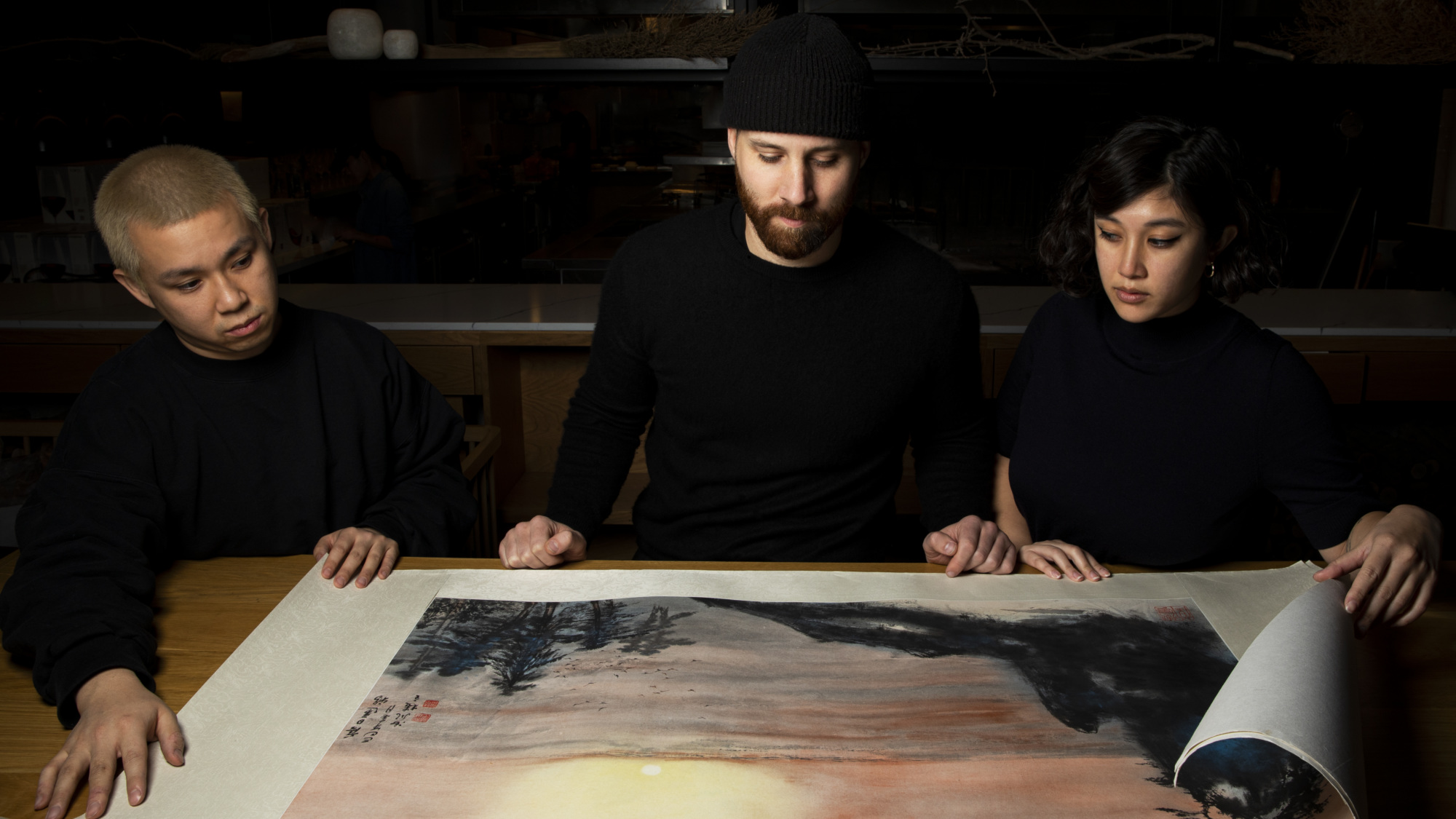
The New Kato is Proof: Taiwanese American Fine Dining Has Arrived
Los Angeles is no stranger to splashy restaurant openings, but it’s not every day that a one-time strip mall gem steps into the spotlight with quite as much anticipation as Kato. Then again, it’s not every day that a wildly inventive young chef garners as much acclaim as Jon Yao did six years ago, when he first opened his Taiwanese American tasting menu restaurant in a humble storefront in West L.A. As the awards (and devoted fans) rolled in, it seemed inevitable that at some point Yao would need more. Now, with Kato’s reopening in the big-ticket Row DTLA complex, Yao is stepping up things in a big way — size, space, and culinary ambition included.
- Jon Yao’s Taiwan-Inspired Cooking at Kato, As Seen Through Five Dishes
- The February Hit List: Mother Wolf, Here’s Looking At You, The Dresden, and More
- At Anajak Thai, a New and Californian Vision of What It Means to Be a Thai Restaurant
- The Resy Guide to L.A.’s Chinese Restaurants, By Those Who Love Them Best
- The Resy Guide to the Best Outdoor Dining in Los Angeles
Kato first arrived, rich in creativity if not square footage, in 2016, and was quickly named one of America’s Best New Restaurants in GQ. In that review, the first thing critic Brett Martin noted was how small the restaurant was — and how, in combination with the upcoming minimum wage hike — it was ground zero for observing how creativity and economics converge in the restaurant world. Shortly thereafter, the late Jonathan Gold reviewed Kato for the Los Angeles Times, finding Yao’s work to be a reasonable evolution of ’80s-style fusion “that seems very much of the time.” Yao was 25, and Kato’s testing menu cost was what Martin called a “shockingly mild” $55 per person.
Yet, Kato had only just begun growing into itself, and Yao was just beginning to find his confidence and footing. By the time it earned its first Michelin star in 2019, Kato’s tasting menu had established the restaurant as a fine-dining destination, and one of the most extraordinary interpretations of Taiwanese American cooking in the U.S. Dishes are often inspired by Yao’s mother’s cooking, with distinctly Taiwanese flavors distilled into elegantly concentrated interpretations all his own. Every carefully sourced ingredient serves an essential purpose, with each course building flavor, texture, and artistry. But in that small space, Kato’s tasting menu changed very little, as Yao and his team researched and developed dishes for their new venture. “We’d pocket the [new dish with] harder execution for the new space,” says Yao.
As they brainstormed, it became clear that Yao had ambitions well beyond what his little storefront in West L.A. could accomplish. Kato needed more square footage so a dedicated beverage program could thrive. It also needed more staff, and more infrastructure to take Taiwanese fine dining — plus the service level and price tag it requires — to the next level.
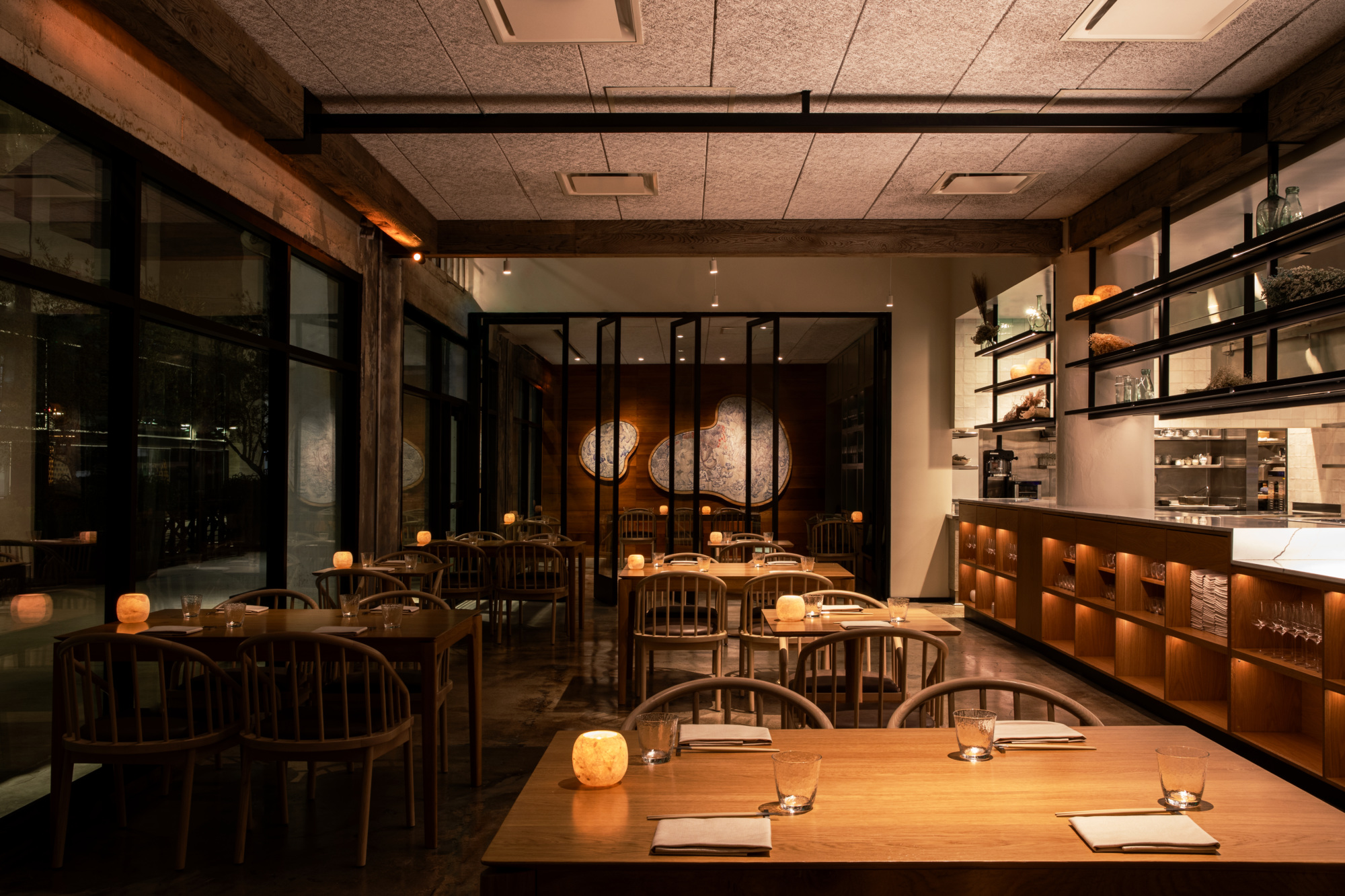
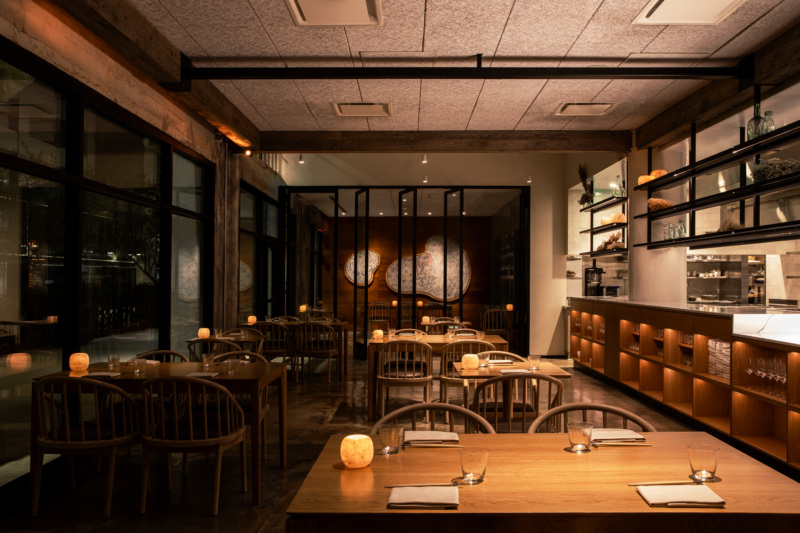
Along with partners Nikki Reginaldo and Ryan Bailey, Yao opened a bigger and clearly far more ambitious new Kato in the Arts District in February. At 4,000 square feet, the new Kato is four times larger than before, with a kitchen that’s both scaled up accordingly and within open view of guests. There’s more dining space, more staff, and a dedicated bar complete with wine and cocktail programs (it’s also the only area open to walk-ins). The tasting menu is now $225 per person, before tax, gratuity, and beverage.
There are aesthetic changes, too: the new room’s neutral tones provide a more sophisticated feel to complement the revamped menu. “I feel like people just think that we’re moving and adding beverage [service], but the entire restaurant is different,” says Yao. “The interior, the raw materials — cutlery and plates — it’s all brand-new. There’s a service element. It’s the bones and DNA of Kato, but expanded.”
Though Yao’s disposition is humble, his not-so-small desire is to push Taiwanese American cuisine in Los Angeles to new heights, by incorporating influences from across Asia and beyond. And though some ingredients and flavors reflect his experience growing up in the San Gabriel Valley, as well as his mother’s cooking, his expanded vision has far more culinary firepower behind it.
You can see it in, say, his three-cup abalone, which takes the familiar Taiwanese three-cup chicken and switches the main ingredient to something far more luxurious; or black cod served in a broth of its bones with preserved vegetables and herbs, familiar to anyone who has enjoyed steamed whole fish during a Chinese banquet. Yao’s desire to spread his wings balances alongside an exponentially more complex menu, yet still references familiar tastes.

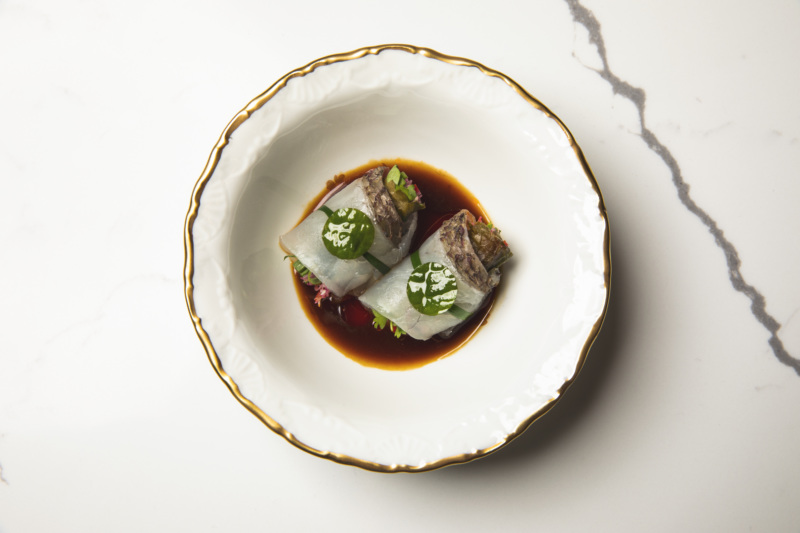
“I’m not repeating menu items because I want us to evolve along with the space and team. I think it’s good to be uncomfortable, to strive to become better,” Yao says. In fact, only the most luxurious dish on the previous menu — caviar with Dungeness crab, koji, and Korean spinach — has survived the journey from the Westside to Downtown. “We brought some flavors [from the old space] but we overhauled entire dishes,” Yao says. “I think they’re more challenging to execute, which puts the larger kitchen to good use.”
Yao sources ingredients from near and far, with a skewed focus toward specialty produce from local farms; Girl and Dug Farm of San Marcos, in particular, has a spotlight on the new menu. “We have a dish called ‘The Garden’ that incorporates everything they’re growing at the moment,” says Yao. “The elements come fresh, fermented, preserved, pickled, roasted, and dried. It changes depending on what [farmer] Aaron Choi has for us.”
One key new addition to the team is Tony Tang, formerly executive sous chef at The NoMad in Downtown L.A., who has joined Kato as culinary director. He’s helped Yao to overhaul day-to-day operations to improve efficiency, and has revamped the process for hiring and onboarding new staff. “It’s so refreshing to have someone like Tony. He’s so experienced, and has a procedure for everything,” says Yao.

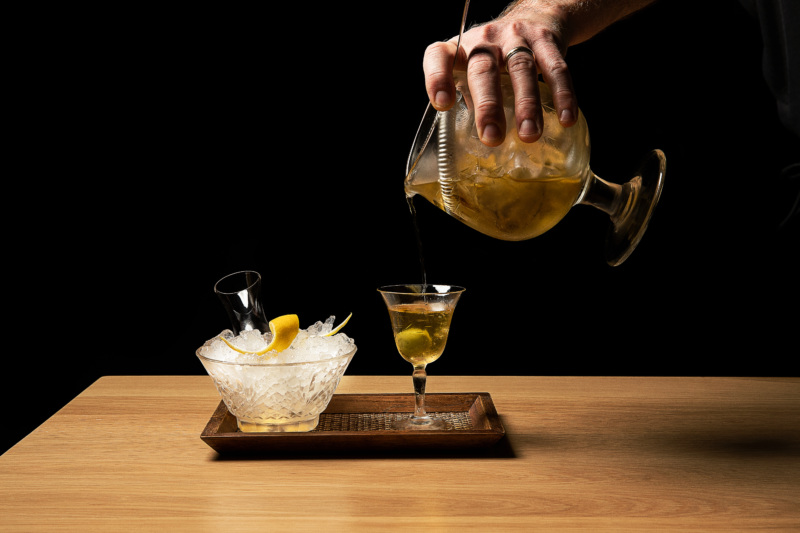
Kato’s other major change: the addition of a full liquor license, which further bolstered its ambitions. Yao and his team hired Austin Hennelly, who has worked at premier New York bars such as Maison Premiere and Amor y Amargo, as well as L.A.’s Majordōmo, as beverage director, to develop a program that matches Yao’s craft from behind the bar.
“In addition to being delicious, Jon’s food is beautiful. To that end, we’re using very carefully sourced vintage glassware for all the cocktails, and each drink will have its own serviceware and presentation,” Hennelly says. “Every drink on the menu will be a set piece.” There is also a non-alcoholic flight available that Hennelly has worked on with partner and sommelier Ryan Bailey, an alum of NoMad’s L.A. outpost. “It was very important to me to have the non-alcoholic options be just as exciting as the alcoholic ones,” he continues.
As for the wine: Bailey has opened Kato with 800 wine selections. In addition to regular wine pairings, a reserve flight will be available, “which has a little bit more edge to it,” Bailey says. It includes upgrades to vintage from nonvintage Champagne, to premier cru from village-level in a couple of Burgundy pairings.
Bailey is open about the challenges of pairing wines with an intricate Taiwanese tasting menu. “Jon’s food has a lot of depth and complexity, a lot of delicate ingredients, and a lot of notes that are maybe not on the forefront. So I’ll play around with some wines that aren’t typical — maybe some that are purposely oxidative, some with skin contact, some sparkling options that have the texture, brightness, and acidity that work with his lighter, more delicate dishes.”
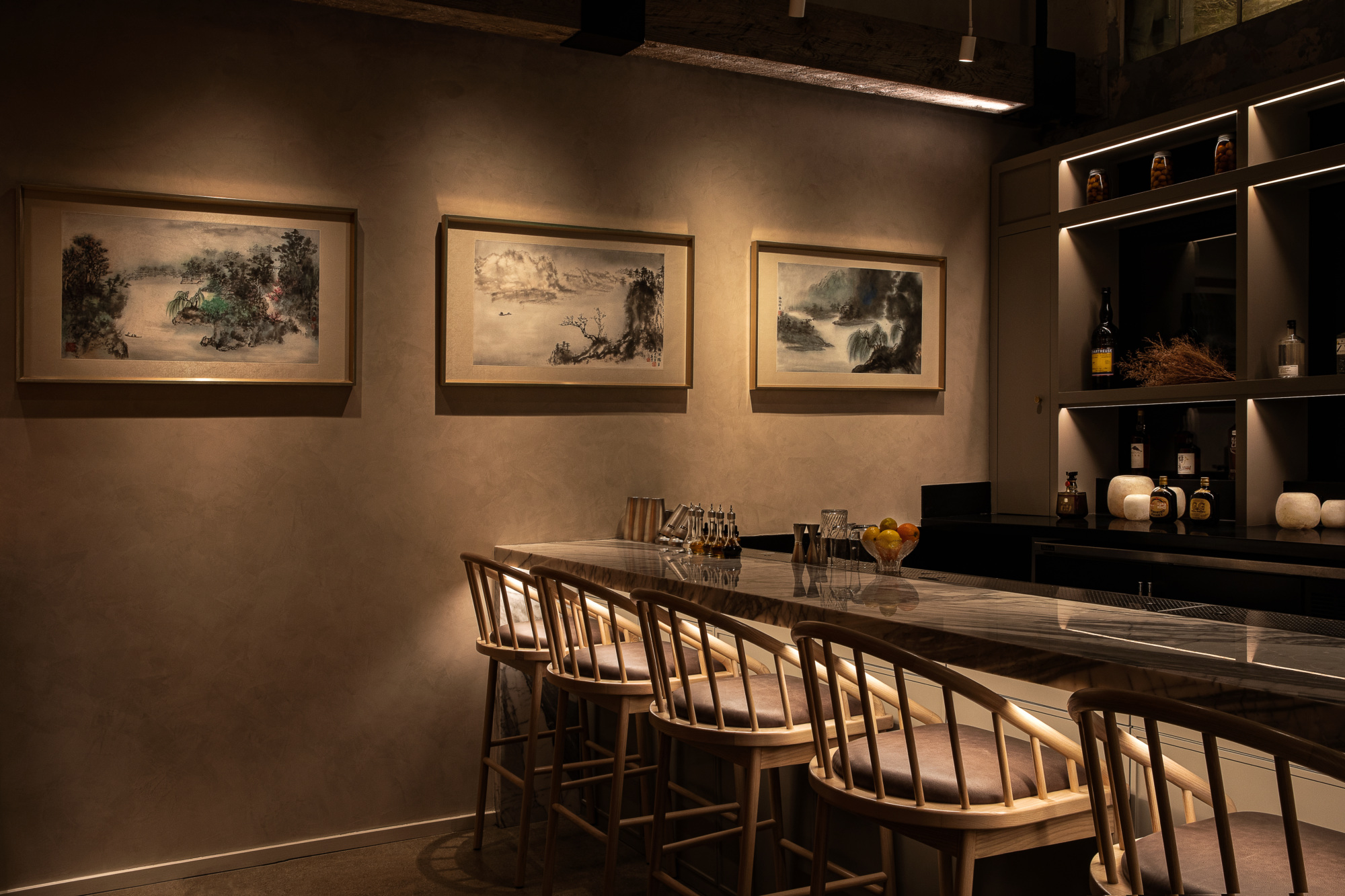
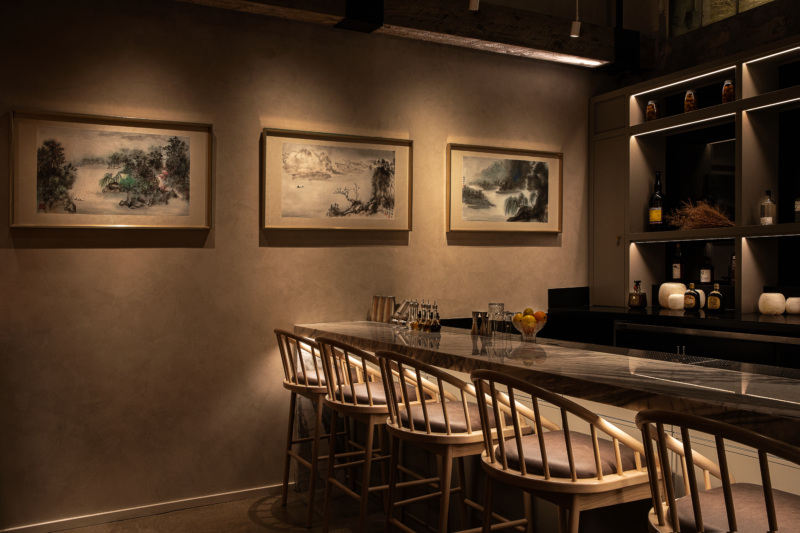
As for the new location at The Row, it’s a much more convenient commute for Yao, who lives nearby in the Arts District, and whose parents live in the San Gabriel Valley. “Right now, the Arts District has a lot of life. It’s a great community to be a part of, with The Row being Arts District-adjacent. Also, it’s a lot closer for our guests who are coming from San Gabriel and Pasadena,” says Yao. “I didn’t see any cons — it just felt really natural.”
That new location also adds significant heft to the district’s growing dining imprint, which has been a work-in-progress in recent years. Today, Go Get ‘em Tiger and Cafe Dulce firmly anchor coffee and breakfast options nearby, while the ever-expanding Smorgasburg next door has become a Sunday afternoon destination. Phoenix’s famed Pizzeria Bianco is set to open in the complex this spring, sure to draw crowds, while the two-Michelin-starred Hayato already has a months-long waitlist for its pristine Japanese cooking. Now that Yao and his team have the square footage — to say nothing of the community support — to fulfill his vision, it seems they’re in exactly the right place.
Esther Tseng is a food, drinks and culture writer. She has contributed to The Los Angeles Times, Eater, Food & Wine, Civil Eats and more. Follow her on Twitter and Instagram. Follow Resy, too.










